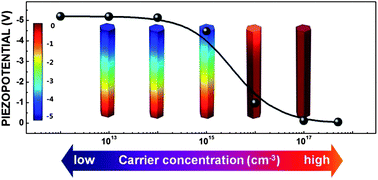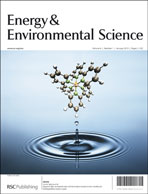Engineering of efficiency limiting free carriers and an interfacial energy barrier for an enhancing piezoelectric generation†
Abstract
The energy harvesting efficiency is of tremendous importance for the realization of a high output-power nanogenerator serving as the basis for self-powered electronics. Here we report that the device performance of a sound-driven piezoelectric energy nanogenerator (SPENG) is remarkably improved by controlling both the carrier density and the interfacial energy in a semiconducting ZnO


 Please wait while we load your content...
Please wait while we load your content...